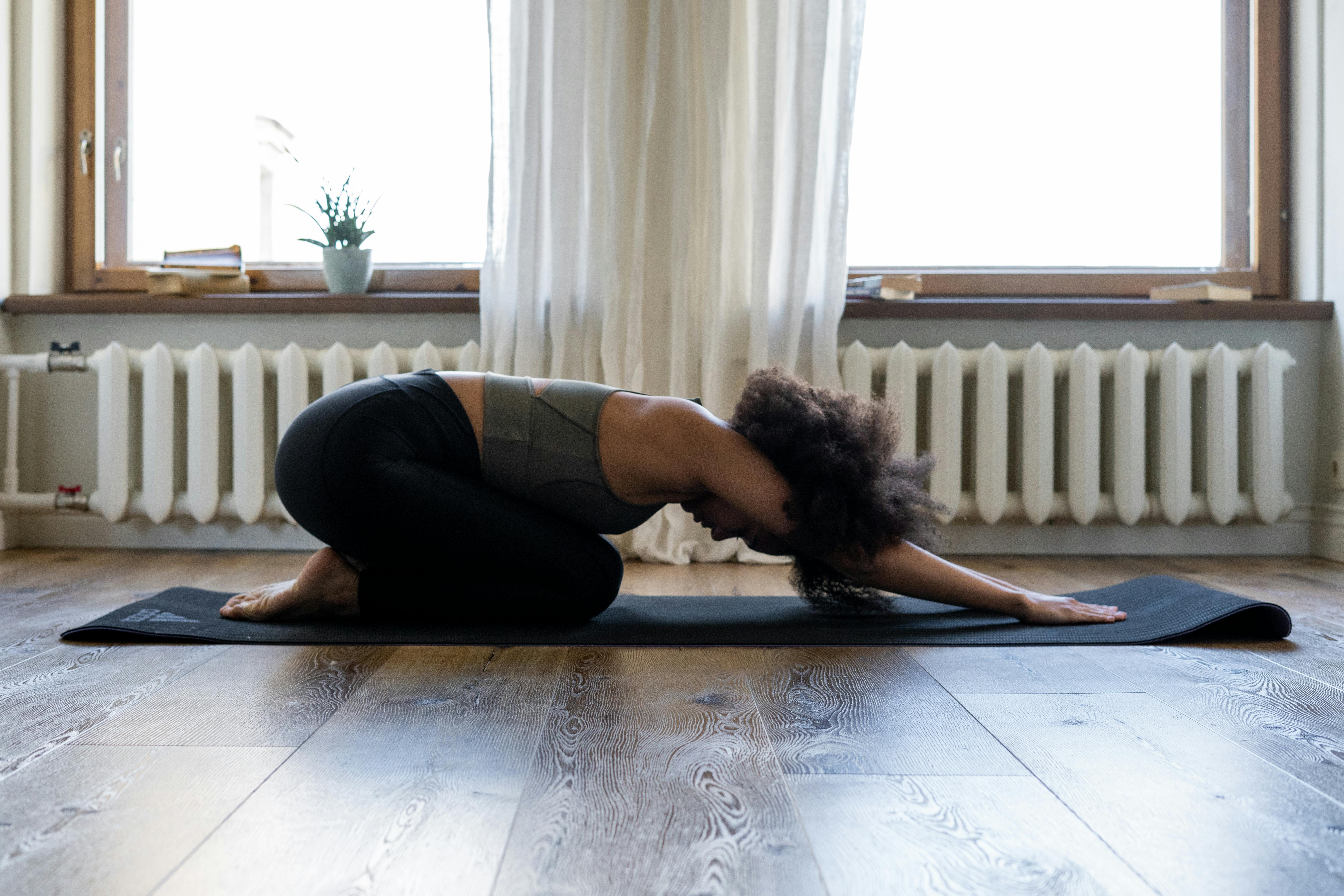
How to teach martial arts to children
Thinking of extending your martial arts teaching portfolio to kids? If so, you’re not alone. Statistics show that 13% of children under the age of 11 have participated in a martial arts activity within the past year.
That means over 10 kids in your neighbourhood could be potential clients. Imagine how rewarding it would be to take a child from their first kicks, all the way through to the top grades.
You can help improve their fitness, confidence and mental discipline, and be a positive role model in their lives.
Interested? Explore our hot tips on how to teach martial arts to kids and fast track your success.
Know what to expect when teaching children
It goes without saying that teaching martial arts to kids is a whole different ballgame from teaching adults.
For a start, kids’ attention spans aren’t quite as well developed as adults’. During your adult classes you might have longer periods where students watch other students spar. There are a number of reasons why this won’t work for kids. They won’t have the patience to watch, or the skills developed to go one-on-one.
Remember you’re dealing with little bodies
Group drills help to boost confidence, develop skills and ensure the less confident don’t feel singled out.
Kids have high energy in short, sharp bursts. Smart instructors use this as a gift. You’ll get more out of a quick 30 min class with under 8s than you will a 90 min one. Use the time to make as much noise, expend as much energy, and kick as much butt as they can – the parents will thank you for it too, when you deliver their tuckered-out kids back to them.
Young bodies are also super flexible, so need a shorter stretching time than adults. Training at a young age offers huge benefits – a young body retains its elasticity – they’ll thank you for it in later life!
Keep positive reinforcement front of mind
Kids need positive reinforcement at every step of the way. No, they’re still not going to be nailing a perfect Mae Geri by week 8. Yes, you’ll have to tell them the same thing again and again. But they showed up, and they’re giving it their all. That deserves your applause – and patience.
It’s crucial to keep your lesson plans as varied and lively as possible. You’re dealing with goldfish-short attention spans. In a world where brains are programmed with iPads, you’ll need to think and move faster than Pokémon! That’s not to say each lesson can’t repeat and reinforce similar techniques and routines to establish them as habits – just not too much within the same session.
Make it fun
This isn’t school! You need to keep your classes as fun and interesting as possible. While parents control the purse strings, kids do have a say in their preferred activities… “It’s boring!” is the nail in the coffin for your repeat business.
- Be the humorous, relatable and engaging instructor your blossoming warriors want to hang with.
- Quote real-life examples from popular culture and films to show kids how cool martial arts are – here’s looking at you Kobra Kai.
- Be the cool activity that kids want to go to and you’ve already TKO’d your ultimate opponent – boredom!
Think safety first
Make sure all OHS tickets and correct licenses are in place for the safest operations possible. There’s no wriggle room at all when it comes to safety.Keep the environment safe and secure, remove dangerous equipment, and ensure kids have a clear, wide open space to minimise any risk.
You and your staff might also need to complete a ‘Working with Children’ check in order to hold classes with kids.
As we emerge from a world restricted by COVID-19, hygiene is just as big a concern as safety. Make sure the dojo you operate in sticks to the gold standard of cleanliness, so you have a super safe operating environment.
Get the kids involved too – make sanitising hands between activities part of the practice. Getting everyone involved in the clean-up at the end too is a surefire way to make it fun, and faster!
Know how to advertise
So, you want to get the word out to kids? The best way to do this is to offer a great experience to other kids, and let the playground and parent persuasion do the talking!
Kids have access to social media from a very young age, but target adverts and posts to their parents to get them on board.
And most of all have fun – it’s infectious… in the best possible way!









